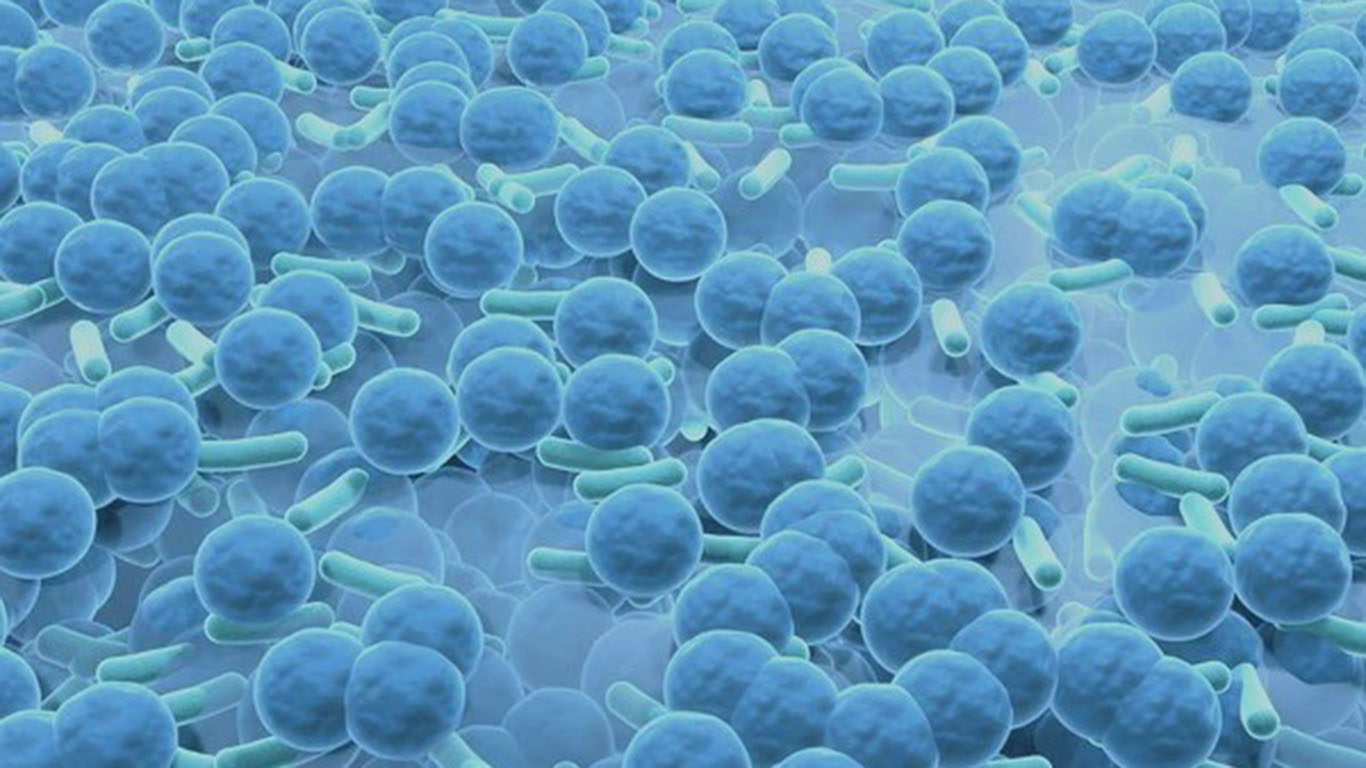
- Stage of development
-
In vivo proof of concept
- Intellectual property
-
PCT application filed
- Intended collaboration
-
Licensing and/or co-development
- Contact
-
Xavier GregoriVice-presidency for Innovation and Transferxavier.gregori@csic.escomercializacion@csic.es
- Reference
-
CSIC/XA/009
Additional information
#Health
#Therapy
#Peptide / Protein
#Infectious disease
#Biomaterial
Nanoemulsions to inhibit the formation of bacterial biofilmsículas bacterianas
Nanoemulsions composed of an oil core and a surfactant coating, in combination with an antimicrobial peptide, which inhibit the formation of bacterial biofilms and can therefore be used for the treatment or prevention of diseases or contamination of surfaces.
- Market need
-
Antimicrobial resistance is a global health problem. Bacteria living in biofilms are a major contributor to the emergence of antimicrobial resistance. Bacterial biofilms are estimated to be 10 to 1000 times more resistant to antibiotics by reducing their spread to the bacteria and account for more than 60% of bacterial infections in humans, leading to the development of persistent and chronic infections. There are currently no approved therapies to prevent the formation of these biofilms, and the use of nanoparticles, alone or as drug delivery systems, appears as an alternative to the use of conventional antibiotics.
- Proposed solution
-
The developed nanoemulsions, consisting of a lipid mixture (oil core), preferably of α-tocopherol and octadecylamine, and a surfactant coating for stabilisation in water, significantly prevent the formation of bacterial biofilms when used in combination with an antimicrobial peptide. For this reason, these nanoemulsions can be used for the treatment or prevention of diseases caused by bacteria, as well as to inhibit the formation of biofilms on implants or surfaces. Moreover, they may further comprise a pharmacological agent or an active substance.
- Competitive advantages
-
- They show excellent physico-chemical properties, with encapsulation efficiencies higher than 85% and high suspension stability at different temperatures, so they can be stored under different conditions for long periods of time.
- Such nanoemulsions can be obtained by a simple and easily scalable process.